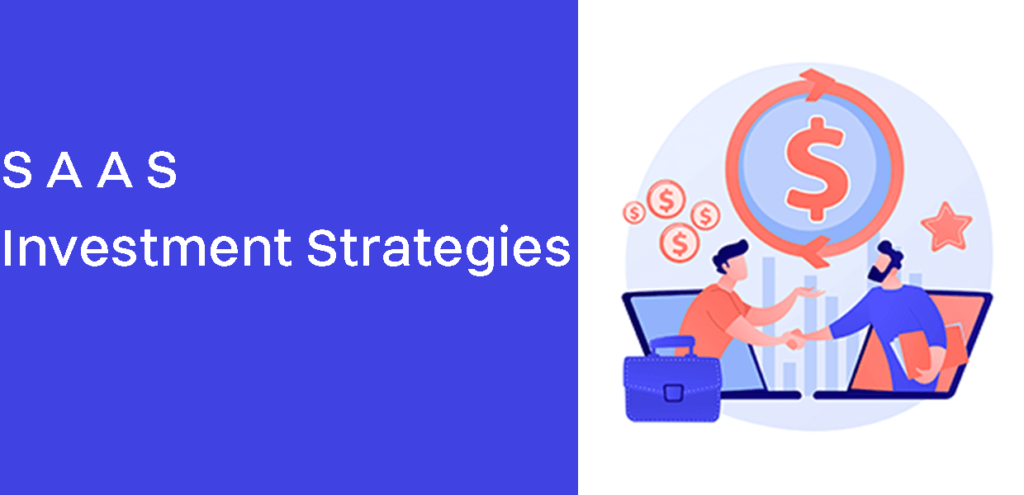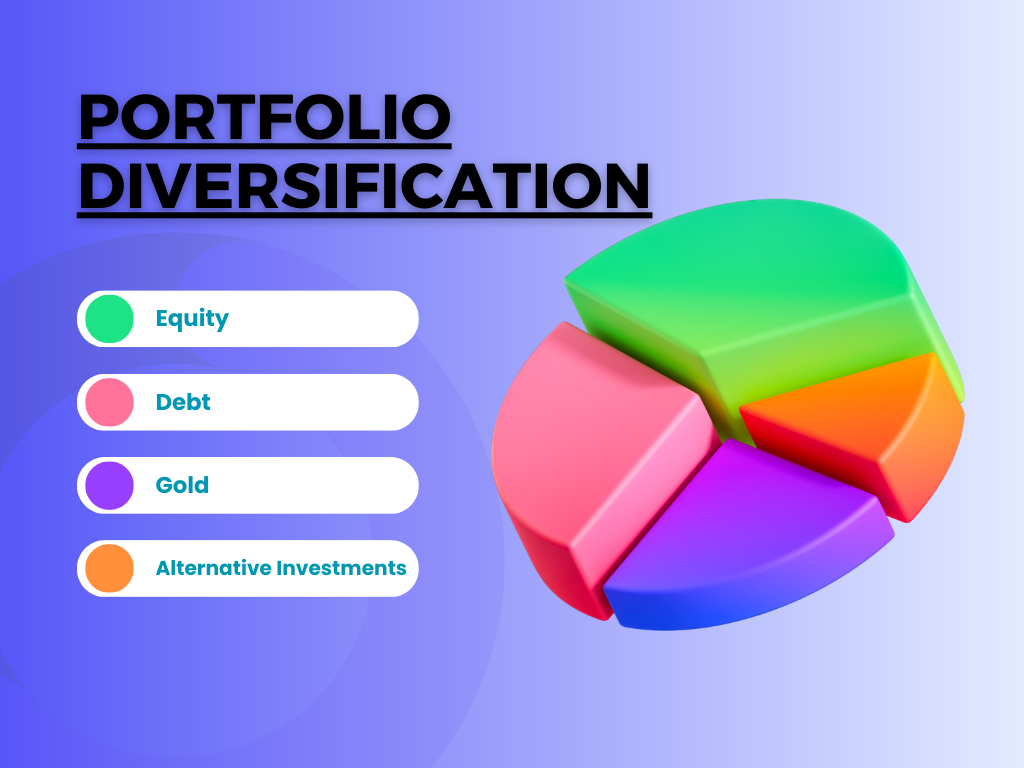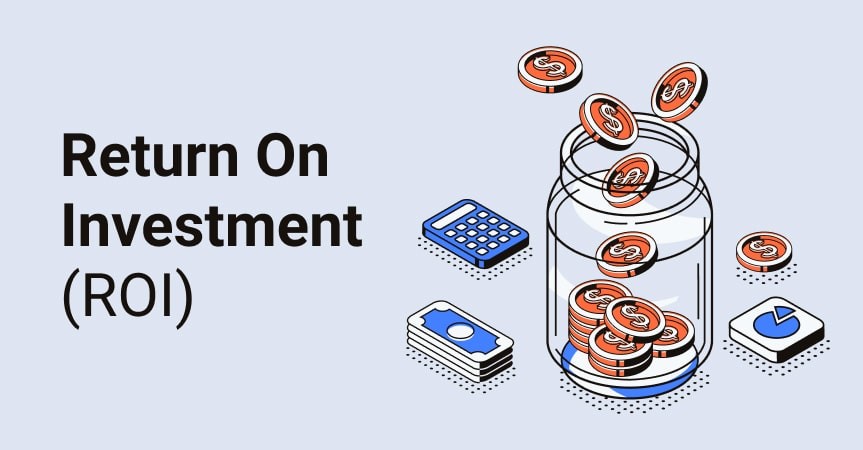Entering the world of SaaS investment strategies can seem like a formidable challenge, particularly when you’re new to this rapidly evolving market.
Browsing through financial news sites, forums, and LinkedIn posts might lead you to believe that without prior experience in SaaS investing, your chances are slim.
“You need experience to make successful investments but how do you gain experience without making those initial investments?” This is not entirely true.
The exciting reality about the SaaS industry is its dynamic nature. With startups emerging daily and disrupting traditional business models, it’s creating unique opportunities for investors who are ready to adapt and learn.
The potential for high returns in SaaS investing is real.
By 2026, the global Software as a Service (SaaS) market size will reach an estimated
The Growing Market of SaaS Investing
SaaS investment strategies: As an investor or entrepreneur, you’re always on the lookout for profitable opportunities. With SaaS investments experiencing exponential growth, the global market size for this sector is projected to reach $307.3 billion by 2026 – a great opportunity for investors and entrepreneurs alike. The global market size for SaaS is projected to hit $307.3 billion by 2026.
Realizing the possibilities and making informed choices is key.
A significant driver behind this surge in SaaS investing lies in digital transformation initiatives across industries and remote work policies necessitating robust online tools. From productivity apps like Slack and Asana to CRM platforms such as Salesforce – all these are shining examples of successful SaaS businesses creating substantial recurring revenue streams.
Diving into the Investment Potential
SaaS companies present a lucrative opportunity due to their scalable business model, which contributes to both the company’s profitability and long-term success.
Moreover, given its future potential owing to technological advancements shaping our society’s landscape, it makes it even more enticing from an investment perspective.
If Benjamin Franklin were alive today, he might say: “An investment in knowledge pays the best interest.” So before plunging headfirst into any kind of investments, especially those related to growing markets like the SaaS industry, make sure you’ve done your homework well.
Navigating through Current Trends & Forecasts
In recent times, we’ve seen two major trends – remote work policy adoption coupled with accelerated digital transformations acting as catalysts driving demand for cloud-based software services globally.
This shift towards subscription models offering flexibility at reduced upfront costs has further fueled expansion within this sector.
Given these favorable conditions along with promising forecasts regarding continued expansion, it only reinforces why SaaS investing can be considered seriously by discerning investors looking at wealth creation opportunities over the longer-term horizon. However, remember every coin has two sides, so while there are numerous benefits associated with investing here, there also come certain risks. Therefore, being aware of them would ensure better preparedness, thus enhancing chances for achieving desired financial performance results.
Key Takeaway:
Seize the SaaS. With its booming market projected to reach $307.3 billion by 2026, investing in Software as a Service (SaaS) offers lucrative opportunities for wealth creation. Just remember – knowledge is power; do your homework before diving headfirst into this sector.
Understanding the Landscape of SaaS Companies
The world of Software as a Service (SaaS) companies is diverse and constantly evolving. Key considerations for investors when evaluating potential investments in this sector include understanding the company’s growth potential, financial performance, and competitive advantage.
A deep understanding of these elements can help determine how well a business might thrive within the industry. It provides insight into their ability to adapt to changes in the market landscape – an essential trait given its fast-paced nature.
Recognizing Successful SaaS Startups
SaaS investment strategies: An examination of thriving SaaS startups reveals common characteristics that contribute to their success. One such characteristic is having a strong product-market fit – offering solutions that meet identified needs within their target market.
In addition, successful startups often employ robust customer acquisition strategies that enable them to effectively attract and retain customers without significant additional costs. This capability not only enhances revenue but also boosts scalability – another feature commonly found among prosperous players in this space.
To further illustrate these points, consider Salesforce – a highly regarded name in the SaaS realm. They started with just one product tailored specifically for salespeople before gradually expanding based on customer feedback and evolving market requirements. Salesforce Products Overview.
This approach has allowed them not only to survive but also to excel amidst changing trends while consistently delivering value-adding solutions designed around specific user needs – thus exemplifying effective adaptation within today’s rapidly shifting software-as-a-service scene.
Discover the secrets to successful SaaS investments. Understand growth potential, financial performance & competitive edge. Thriving startups show us the way with strong product-market fit and robust customer acquisition strategies. #SaaSInvestmentStrategyClick to Tweet
The Importance of Recurring Revenue Streams in SaaS Businesses
Recurring revenue streams are the lifeblood that fuels Software as a Service (SaaS) businesses. Unlike traditional startups, where income is derived from product sales and can fluctuate wildly, recurring revenues provide predictability and stability.
This steadiness is fundamental for lasting achievement.
To paraphrase Benjamin Franklin’s famous quote: “A predictable penny earned today ensures pennies for tomorrow.”
In essence, if you’re investing in a SaaS business or considering it, understanding how these ongoing revenues contribute to financial performance should be at the top of your checklist. This knowledge will significantly enhance your ability to assess the company’s growth potential effectively.
Evaluating Monthly Recurring Revenue (MRR)
SaaS investment strategies: An essential metric when evaluating SaaS companies’ health and future prospects is Monthly Recurring Revenue (MRR). It represents total expected monthly earnings based on current customer subscriptions – an accurate gauge of regular cash flow projections.
A steadily increasing MRR indicates satisfied customers who continue their subscription plans over time; this translates into sustainable growth for any successful SaaS venture.
On the flip side, declining or stagnant MRR despite new acquisitions might indicate underlying issues with either product quality or retention strategies.
To mitigate these risks, continuous improvement efforts must focus on enhancing user experiences while innovatively expanding service offerings.
Furthermore, customer churn is another vital aspect related directly to maintaining high levels of recurring revenue. Lower churn rates imply better customer retention – which costs less than acquiring new ones but contributes positively towards consistent monthly incomes.
Unlock the potential of SaaS investments. Recurring revenue streams offer stability and predictability, making them vital for success. Keep an eye on MRR trends to gauge growth prospects. #SaaSInvestments #RecurringRevenueClick to Tweet
Strategies for Customer Acquisition in the SaaS Industry
SaaS investment strategies: In the ever-competitive landscape of SaaS businesses, effective customer acquisition strategies are a must. Without significant additional costs, these methods can propel your company’s growth potential.
Implementing Account-Based Marketing (ABM)
The B2B sector has seen considerable success with account-based marketing or ABM. This strategy focuses on identifying high-value prospects and tailoring personalized campaigns to them.
A majority of organizations have an ABM function integrated into their operations – demonstrating its effectiveness as a method for acquiring customers in this growing market. To implement successful ABM initiatives, you need comprehensive knowledge about your target market – understanding their needs and pain points is crucial to creating targeted campaigns that resonate personally.
An initial investment may be required when implementing such intricate techniques compared to traditional broad-brush marketing approaches; however, focusing resources on profitable accounts instead of spreading efforts across all leads often results in higher ROI—making it worth considering if you’re aiming for long-term success within SaaS investing.
Focusing on Content Marketing
Beyond just employing ABM strategies, content marketing also plays a key role among many successful SaaS companies’ approach towards customer acquisition—a process which revolves around generating valuable relevant material aimed at attracting and retaining prospective clients.
This inbound methodology not only positions your brand as an authority figure within its niche but also improves SEO rankings, thereby driving organic traffic—one of the most cost-effective ways to acquire new users. Consistency remains vital though: delivering regular insightful pieces, whether they’re blog posts, whitepapers, webinars, e-books, etc., ensures there’s always something fresh waiting for visitors whenever they visit.
Looking to boost your SaaS business? Consider implementing Account-Based Marketing and Content Marketing strategies. They’re proven methods for attracting high-value prospects and driving organic traffic, leading to a higher ROI. #SaaS #MarketingStrategiesClick to Tweet
Navigating Potential Risks in Investing in SaaS Companies
SaaS investment strategies: As the allure of SaaS investing continues to rise, so does the need for understanding potential risks involved. The market landscape is not immune to volatility; economic trends and global events can sway it significantly.
The challenge of product development also stands tall.
In a competitive industry like SaaS, startups must stay on their toes with constant innovation. However, this continuous cycle of improvement demands substantial resources, which could potentially dent a company’s profitability if mismanaged.
Understanding Churn Rate
A key metric that investors should keep an eye on when considering SaaS companies investing is churn rate – essentially representing customers who discontinue using a service within any given period. A high churn rate might signal customer dissatisfaction – something that could seriously hamper long-term growth prospects and negatively impact revenue streams.
Besides these factors, there are regulatory changes impacting how SaaS businesses operate worldwide. These regulations vary from one country to another, requiring adaptation or risking hefty penalties. Investopedia presents more about understanding churn rates deeply.
No investment decision should be made without thorough due diligence. Taking into account each aspect mentioned above will go far towards mitigating associated risks.
In essence, while lucrative opportunity awaits those ready to venture into SaaS companies investing, owing largely to scalable business models and recurring revenue streams, inherent challenges including market volatility, hurdles related to product development, changing regulations, along with metrics like churn rate, require careful analysis before committing funds. SaaS investment strategies
Ensure you have everything in order. With informed decisions comes better chances of success in this growing market known as the SaaS industry.
Venturing into SaaS investing? Remember, potential risks lurk amidst the lucrative opportunities. Keep an eye on churn rates and stay ahead of market volatility and regulatory changes for a successful investment journey. #SaaSInvesting #RiskManagementClick to Tweet
Achieving Long-Term Growth through Scalable Business Models
Investing in SaaS businesses that boast scalable models can substantially improve the company’s growth potential. Once the initial product development phase is complete, scalability allows businesses to grow their customer base with little additional cost.
The essence of scalability lies within low marginal cost per customer:
In other words, once the initial product development phase has been completed, adding new customers doesn’t require substantial resources or capital expenditure – thus facilitating revenue growth and boosting financial performance.
Leveraging Gross Margin Metrics
Gross margin serves as an essential yardstick when evaluating SaaS startups’ investment worthiness. It represents what percentage of sales revenue remains after accounting for all direct costs associated with providing the service.
Investopedia’s article on gross margins explains how high gross margins indicate strong profitability potential and suggest that a firm effectively controls its production costs – an aspect highly prevalent among successful SaaS companies due to their scalable nature.
Tapping into Network Effects For Scaling Up
SaaS businesses often reap benefits from network effects which further bolsters their scalability prospects. The more users adopt these platforms, they become increasingly valuable to each user; this draws even more users creating a virtuous cycle conducive to exponential growth.
An example would be Slack: As explained by CB Insights’ report titled “How Slack Grew Into A Billion-Dollar Company,” it becomes progressively useful as team members join and contribute content within an organization’s workspace; driving adoption rates higher across organizations at large.
Henceforth understanding such dynamics helps discerning investors identify promising opportunities amidst SaaS investing where scalable models pave way towards sustainable long-term success trajectories.
Invest in SaaS for long-term growth. Scalable models mean low costs per customer and high gross margins. Plus, network effects can drive exponential user adoption. #SaaSInvesting #ScalabilityClick to Tweet
Conclusion – Investing Wisely In The Lucrative Opportunity Of SaaS Industry
The SaaS industry, with its projected market size of $307.3 billion by 2026 and a scalable business model, is indeed a promising landscape for investors and entrepreneurs.
Navigating the competitive landscape:
Investment in this domain demands an understanding of the competitive dynamics that shape it. Recognizing growth potential, assessing financial performance, and identifying unique advantages are key considerations when evaluating SaaS companies.
Acknowledging successful strategies used by thriving SaaS startups, such as effective customer acquisition techniques like Account-Based Marketing (ABM), can provide valuable insights into what works in this sector.
MRR or Monthly Recurring Revenue offers clarity on income stability while churn rate provides insight into customer retention – both vital factors impacting long-term growth. These recurring revenue streams differentiate these businesses from traditional startups selling products, making them more profitable over time.
In investing, there’s always risk involved; volatility could affect your returns, whereas product development challenges may hinder progress if not managed well. Regulatory changes also pose threats demanding careful consideration before committing any investment.
To mitigate these risks, due diligence plays an essential role—understanding gross margin metrics offer additional perspective about a startup’s financial health, thereby assisting informed decisions regarding their worthiness for investment.
Remember, every investor has different objectives and risk tolerance levels—what suits one might not necessarily suit another, so aligning individual goals with specifics pertaining to each opportunity within this growing sector becomes crucial prior to committing resources towards them.
Lastly, note that despite the lucrative nature, today’s rapidly evolving tech ecosystem necessitates continuous learning and staying updated about the latest trends so you’re prepared when new opportunities arise.
Dive into the promising SaaS industry, projected to hit $307.3B by 2026. Know your competitive dynamics, use successful strategies like ABM and understand key metrics like MRR for smart investing. #SaaSInvestment #FutureTechClick to Tweet
Conclusion
Plunging into the SaaS realm can be a path to fortune if you’ve got the savvy for it.
SaaS investment strategies are your treasure map, guiding you through this lucrative landscape.
From understanding the competitive market to recognizing successful startups, every detail counts.
Recurring revenue streams? They’re not just an advantage; they’re essential for long-term success and stability.
Your customer acquisition tactics could make or break your growth potential. So, keep them sharp and effective!
Risks are part of any investment journey but with due diligence, they can be navigated successfully.
The key lies in scalable business models that drive sustainable growth and profitability over time.
Gross margin metrics? Yes! They’re crucial indicators of a startup’s financial health – don’t overlook them!
In conclusion, investing wisely in the booming SaaS industry is all about knowledge: knowing what to look for and how to leverage it for maximum returns. Go forth into this promising field with confidence!
If you want to learn more about this, sign up for my newsletter.


